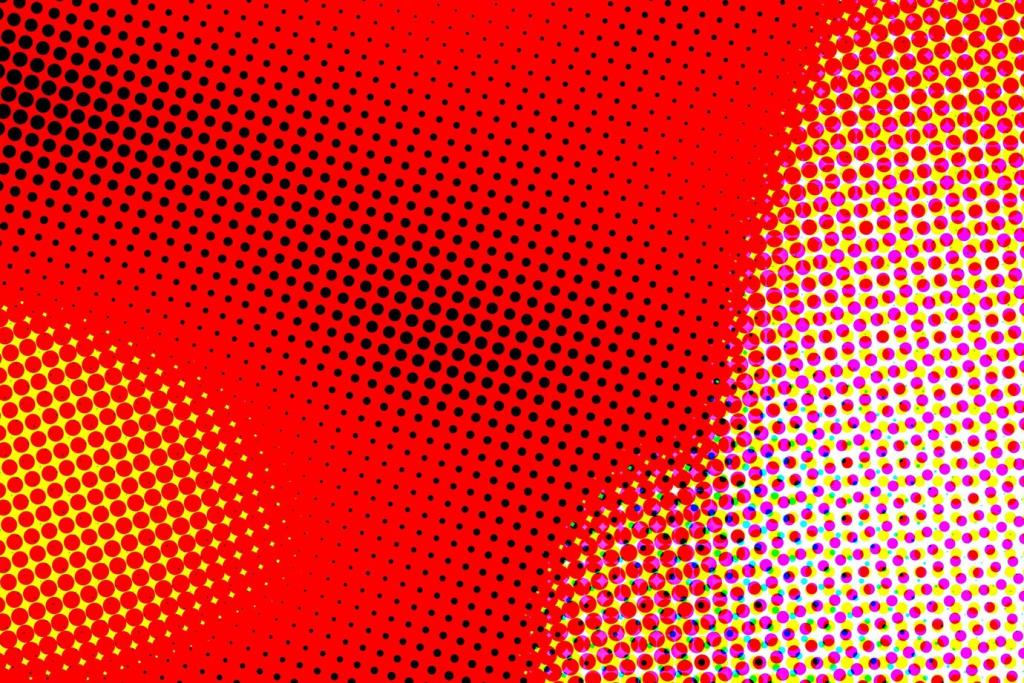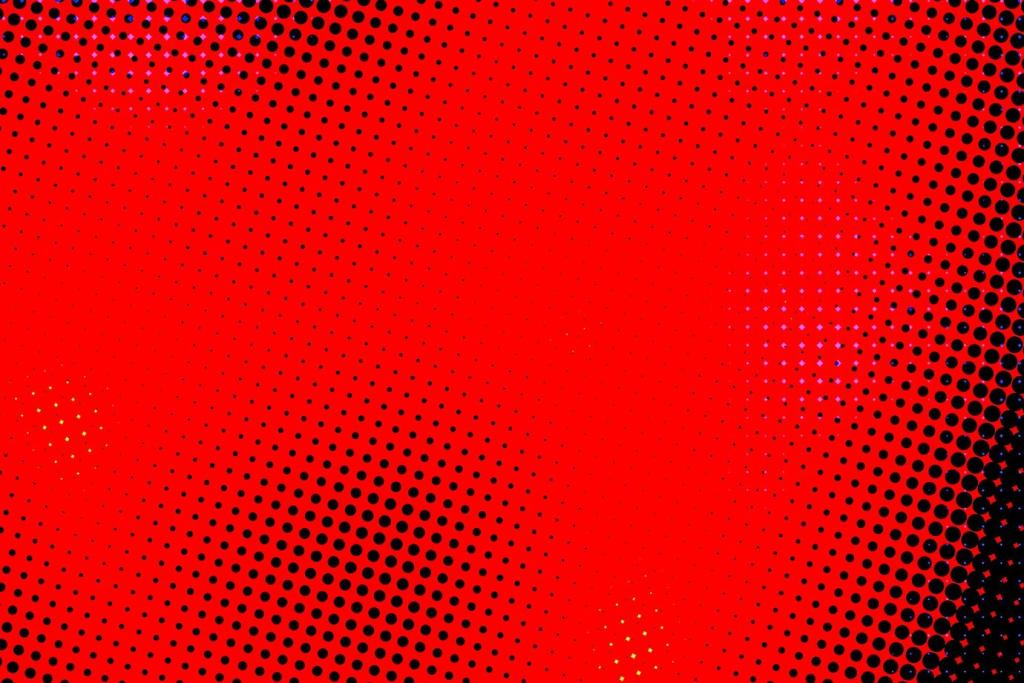Conceptual Surrealism that Sells Ideas
Begin with the client’s value proposition, then convert it into a visual metaphor that lands instantly. Think ladders made of pencils for growth through creativity, or a city growing from a circuit board for smart infrastructure. Ensure symbolism is legible at thumbnail size.
Conceptual Surrealism that Sells Ideas
Blend 3D renders or responsibly sourced generated elements with photographs using matched lighting rigs, camera angles, and surface shaders. Keep provenance notes, secure necessary rights, and document edits. Clear asset lineage protects your team and clients while enabling bolder experimentation.






